Memphis, TN

According to a U.S. News and World Report study, Memphis is ranked the most dangerous city for drivers, including “fatal car accidents per capita" and "people involved in fatal crashes per capita.”
According to FOX13 Memphis reporter Kayla Solomon, citizens are rightfully concerned with some of the city's main intersections. Drivers consistently run red lights and weave in and out of traffic.
Albuquerque, NM

Albuquerque, New Mexico, earns its spot among the most dangerous cities to drive with a combination of factors, including high rates of alcohol-related accidents, limited public transportation options, and a notable lack of pedestrian-friendly infrastructure.
Albuquerque has the highest fatality rate per 100 million miles traveled. The city's sprawling layout and insufficient traffic safety measures contribute to a hazardous environment for both drivers and pedestrians alike.
Detroit, MI

Detroit, Michigan’s reputation for high crime rates and dangerous areas extends to its roadways. Carjackings and aggressive driving behaviors pose significant threats to motorists. The city’s highways also face a high rate of congestion, further frustrating drivers.
Additionally, the city faces challenges related to poorly maintained roads, increasing the risk of accidents. Detroit is ranked the third worst city to navigate because of these issues, among others.
Louisville, KY

Louisville, Kentucky, grapples with a surge in fatal accidents attributed to factors such as excessive speeding and a lack of stringent traffic regulations. The city's topography and road conditions also contribute to a higher likelihood of collisions.
Insufficient public transportation options further intensify the dependence on personal vehicles, heightening the risks associated with driving in Louisville. The more people who are forced to drive, the more roadways are will be crowded and clogged.
Tucson, AZ

Tucson, Arizona, experiences elevated rates of road fatalities and accidents primarily due to its sprawling layout, resulting in extended commuting distances. With limited public transportation alternatives, residents heavily rely on private vehicles, escalating the risk of traffic incidents.
The city's challenging topography and insufficient traffic management make the dangers on Tucson's roads significantly worse. With three Arizona cities on this list, it’s a state that inexperienced drivers may need to avoid.
Phoenix, AZ

Phoenix, Arizona, shares similarities with Tucson in terms of sprawling urban development, contributing to prolonged commuting times. Residents are forced to drive long distances for necessities, increasing the risk of accidents.
The city grapples with aggressive driving behaviors, substantial congestion, and a lack of efficient public transportation options, collectively making it a hazardous environment for motorists. Both residents and drivers passing through should be ready for these challenges.
Jacksonville, FL
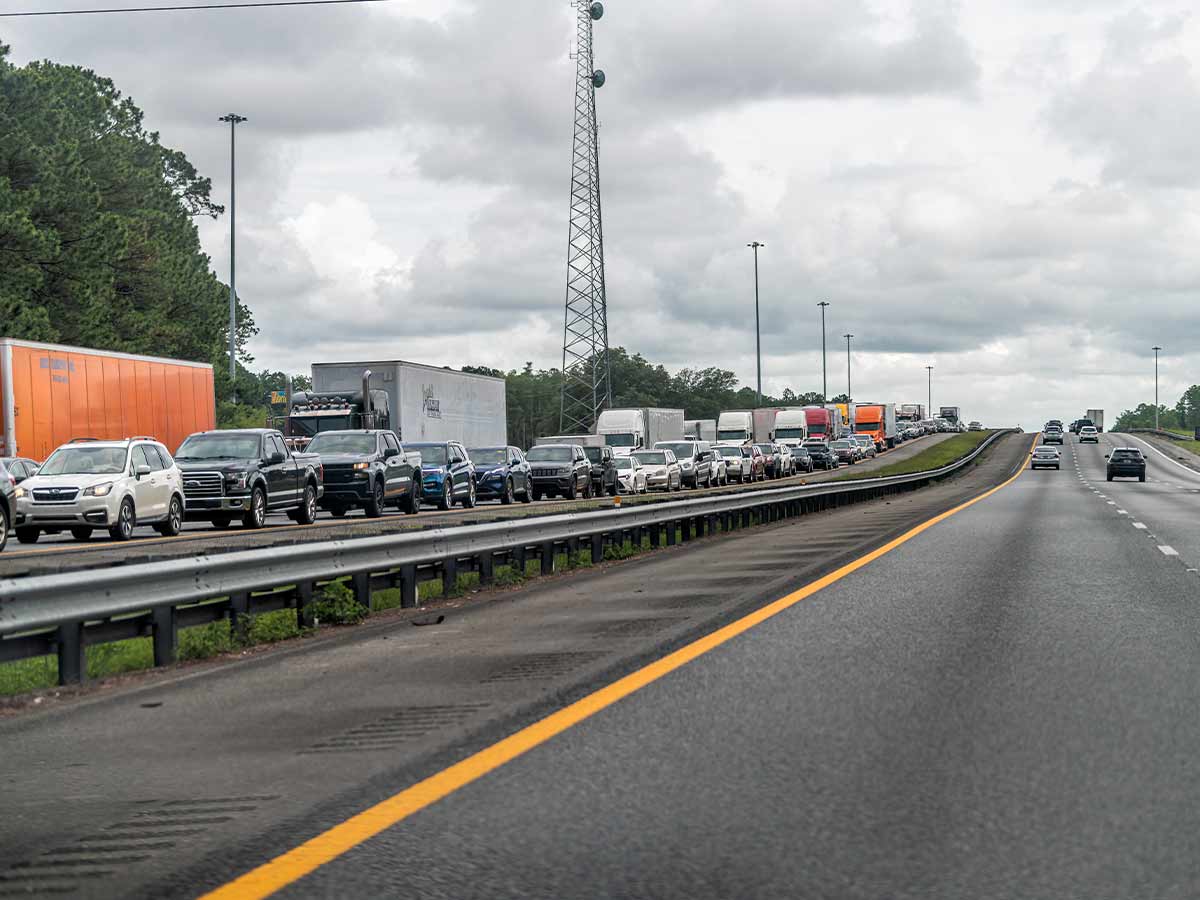
Jacksonville, Florida, contends with a combination of factors, including high-speed roadways, frequent severe weather conditions, and a notable lack of pedestrian-friendly infrastructure. The city's expansive layout and limited public transportation options increase reliance on personal vehicles, making accidents more likely.
Jacksonville also gets much more rain than the national average, creating dangerous road conditions. This is especially tricky for drivers traveling to or through the city who aren’t accustomed to driving in such conditions.
Mesa, AZ

Mesa, Arizona, faces challenges synonymous with its neighboring cities, including extensive urban sprawl and limited public transportation alternatives. Arizona will need to address its public transportation issues to make its cities as safe as possible.
The city's roadways witness a significant number of accidents, made worse by factors such as aggressive driving and a lack of stringent traffic law enforcement. Overall, Mesa is a perilous environment for drivers.
Dallas, TX

Dallas, Texas, grapples with a deadly combination of factors that contribute to its label as one of the most dangerous cities to drive. High-speed roadways, frequent traffic congestion, and a prevalence of reckless driving behaviors pose substantial risks.
Dallas is notorious for its heavy traffic, constant construction, and routine delays, which force commuters to explore alternate routes and increase the likelihood of a crash. Additionally, the city's vast landscape and reliance on personal vehicles heighten the likelihood of accidents, creating a challenging landscape for motorists.
Atlanta, GA

Atlanta, Georgia, rounds out the list with factors such as heavy traffic congestion, high rates of impaired driving, and challenging geography. The city's sprawling roadways, often characterized by intricate interchanges, contribute to a heightened risk of accidents.
Inadequate public transportation options further increase the reliance on personal vehicles. Comprehensive measures must be put in place to address the safety concerns on Atlanta's roads, as well as the other cities on this list.
Bakersfield, CA

In Bakersfield, California, fatal car crashes are more prevalent than any other city in the state of California, according to 2022 data from Forbes Advisor.
According to statistics, about 11 out of every 100,000 residents are involved in a fatal car crash. And about three out of every 100,000 residents are involved in a crash related to speeding.
Tampa, FL

Tampa, Florida, has among the highest rates of fatal car crashes in the country, with around 14 crashes per every 100,000 residents.
When including total passengers involved in car crashes, the number is slightly higher at around 15 per every 100,000. Many incidents involve both speeding and drunk driving.
Oklahoma City, OK

Oklahoma City experiences a high number of traffic fatalities attributed to poor road conditions, lax enforcement of traffic laws, and the prevalence of distracted driving.
With limited public transportation options, residents heavily rely on personal vehicles, leading to congested roads and increased accident rates.
Tulsa, OK

Tulsa is another state with a high rate of fatalities, with about 13 for every 100,000 people. On top of that, total crashes in the state average about 12.53 for every 100,000.
Speeding and drunk driving are both prevalent issues in the state, with around four fatal crashes for every 100,000 people.
Milwaukee, WI
Nashville, TN

The city of Nashville experiences significant traffic congestion, particularly during rush hours and special events, leading to long commute times and frustration for motorists.
Nashville has consistently ranked high when it comes to fatalities and incidents involving drunk driving, making the city a dangerous place for drivers.
San Antonio, TX
Miami, FL

Miami ranks as one of the worst cities to drive in, according to data analyzed by Forbes. With high congestion and a significant number of traffic accidents, Miami's roads present challenges for drivers.
There are around 13 crashes per capita and 13 fatalities for every 100,000 residents as well. The city's aggressive driving culture and diverse population contribute to its reputation for poor driving habits.
Fort Worth, TX

As yet another Texas city on the list, it’s clear that driving in the state of Texas comes with a risk. However, Fort Worth has improved somewhat in recent years compared to the last five years.
On average, from 2017 to 2021, it placed as one of the top 10 most dangerous cities due to the number of fatal accidents, courtesy of data from the National Highway Traffic Safety Administration and the U.S. Census Bureau.
Wichita, KS

Wichita, Kansas, gets an average of around 11 fatalities per capita, making it a dangerous place for motorists, undoubtedly, adding to this risk is the prevalence of speeding.
When taking into account the number of fatal crashes and the number incidents involving speeding, it turns out that about 4 out of 10 fatal crashes are the result of speeding.
Denver, CO
Houston, TX

Houston also has a low rate of distracted driving, but the number of fatal crashes is once again on the higher side of things, with 11 fatal crashes per capita.
Their most dangerous habit seems to be drunk driving, with around 4.44 drunk driving incidents per capita. It’s time to drink responsibly, Houston!
Kansas City, MO

Kansas City ranks fifth in the last five years when it comes to fatalities, according to the National Highway Traffic Safety Administration and the U.S. Census Bureau data analyzed by Forbes Advisor.
However, when you take into account other factors such as car theft, DUI arrests, and miles driven, it hits closer to the top 23rd mark.
Sacramento, CA

Sacramento has an average of about 10 fatal crashes per capita, some involving drunk driving and some involving speeding. Inadequate road conditions, aggressive driving habits, and a lack of public transportation options add to Sacramento's image as a perilous city for motorists.
You’d think that, as the state’s capital city, the city would make a greater effort to set a good example, but alas, that seems not to be the case.
Fresno, CA

With an alarming rate of traffic accidents, Fresno ranks high in collision incidents. These factors, combined with limited infrastructure and increasing traffic volume, underscore drivers' challenges in navigating Fresno's roadways safely.
Fresno’s biggest cause of fatal crashes has to do with speeding - around 4.47 fatal incidents for every 100,000 residents!
Colorado Springs, CO
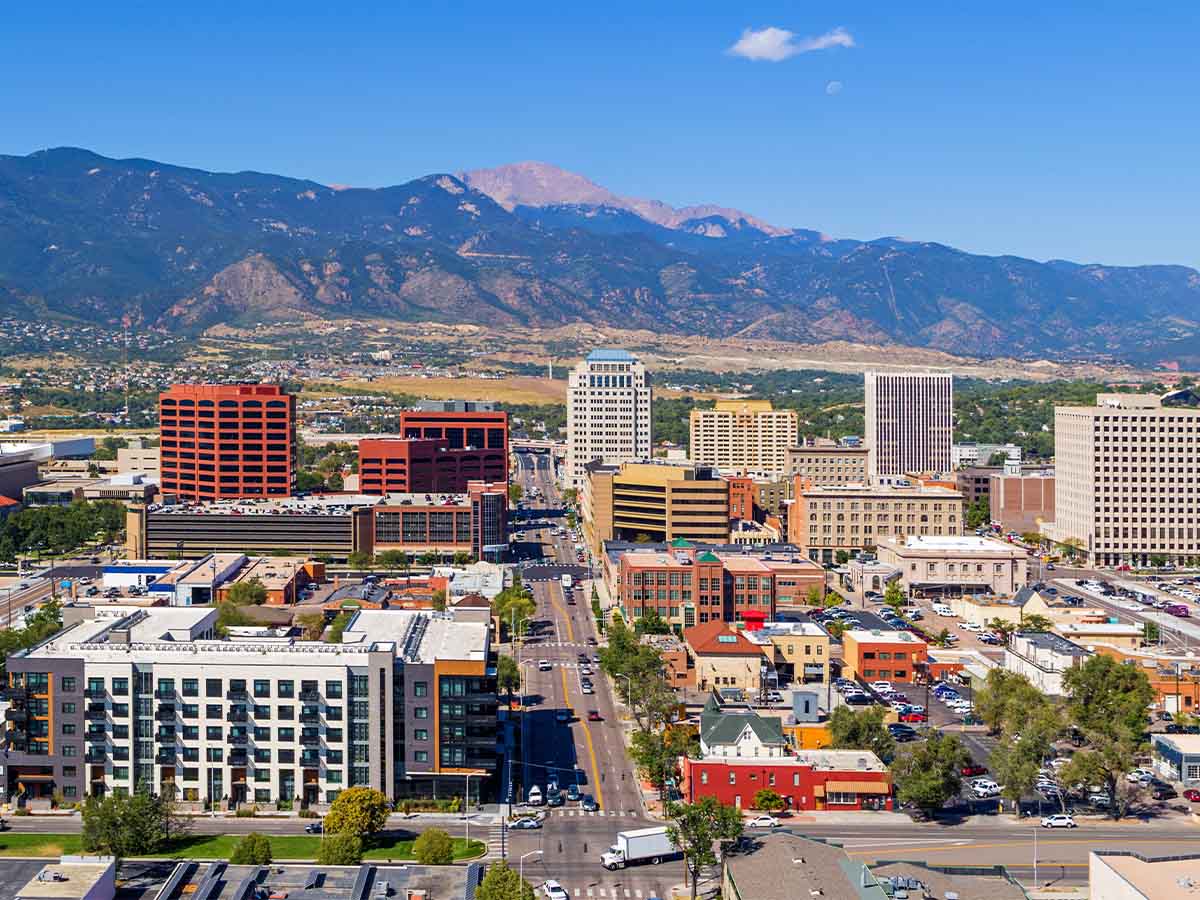
Colorado Springs has earned a reputation as one of the more dangerous cities for drivers due to a combination of factors. Colorado Springs has a higher-than-average number of traffic accidents, both in total and fatalities, compared to other cities of similar size.
On average, from 2017 to 2021, around 9 out of every 100,000 residents were victims of a fatal car crash. Speeding and drunk driving have been two prevalent problems in the city of Colorado Springs. The city currently ranks as the worst in the country when it comes to DUIs.
Charlotte, NC

Charlotte has a reputation for dangerous driving, thanks to numerous crashes. Around 10 out of every 100,000 residents is in a car crash each year on average, and nearly 11 out of every 100,000 residents are victims of a fatal crash, according to Forbes.
Reckless driving behaviors like speeding, running red lights, and improper lane changes are frequently cited as contributing factors to accidents in Charlotte. Drunk driving is also a known problem in the city.
Portland, OR
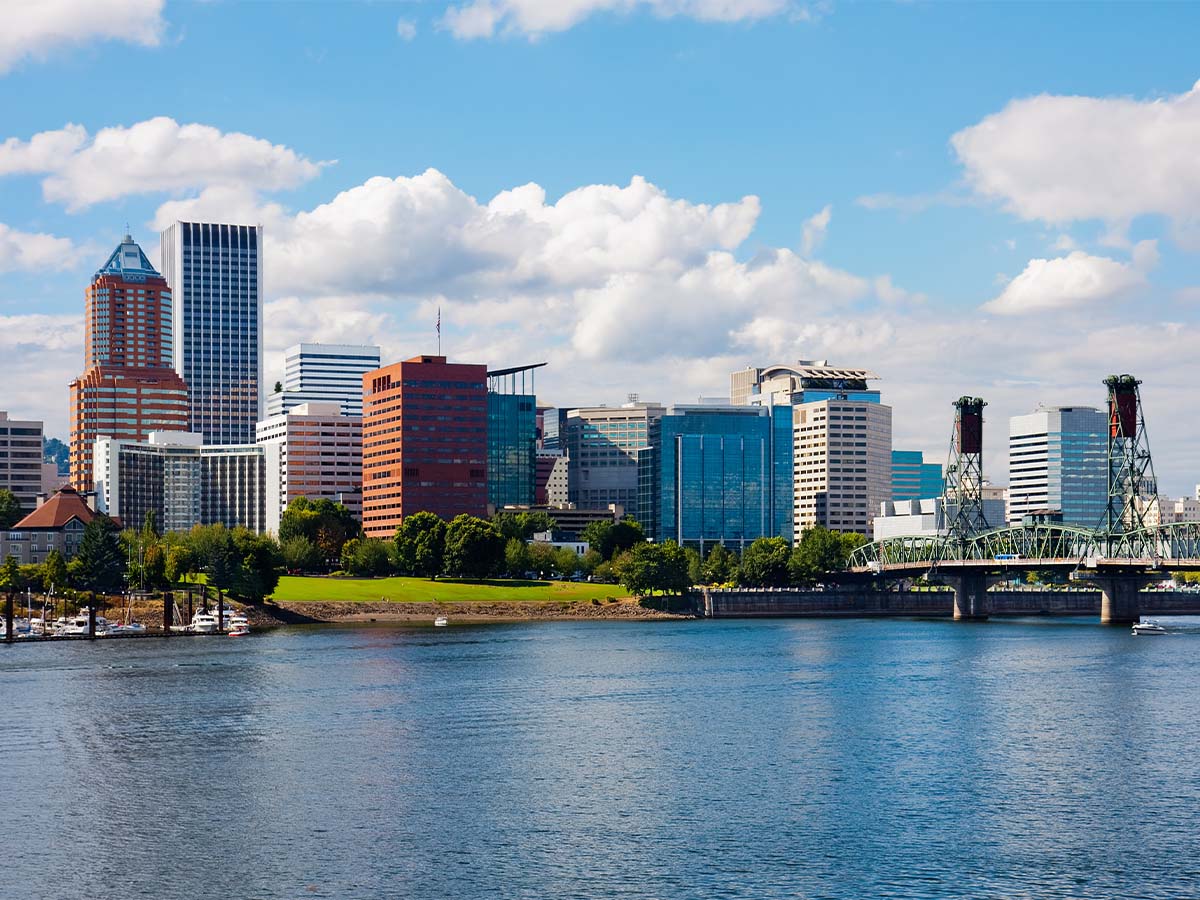
While Portland is known for its walkability, there's been a rise in pedestrian and cyclist deaths in recent years. This means extra caution is needed from drivers to be aware of all road users. Portland prioritizes options like cycling, and some streets might have features that favor cyclists or pedestrians, potentially making them less intuitive for drivers unfamiliar with the layout.
Portland also ranks among the worst for motor vehicle theft, coming in at number four. So, if you are driving in Portland, keep your car locked and your possessions hidden.
El Paso, TX
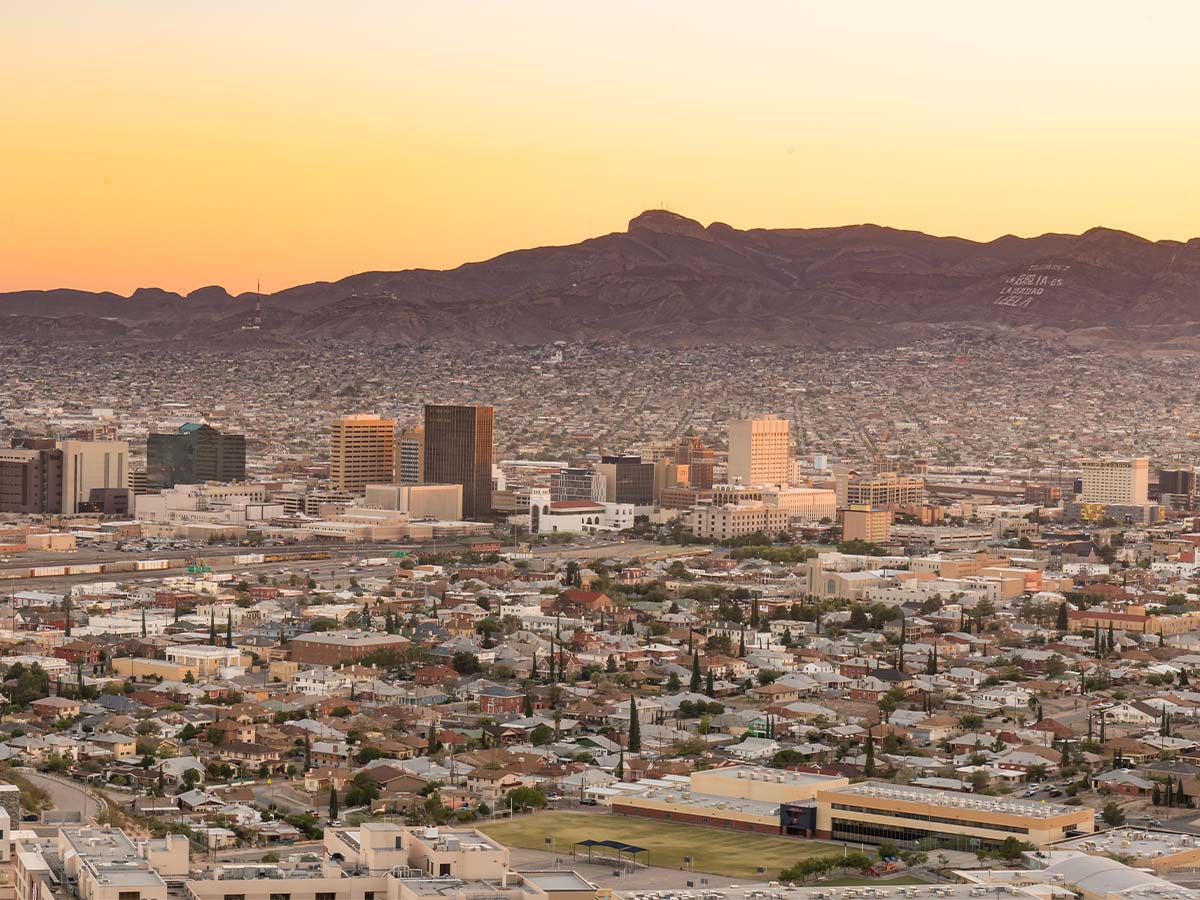
El Paso's rapid population growth has strained its road infrastructure. Traffic congestion is a major issue, and existing roads struggle to handle the increased volume, potentially leading to more accidents.
El Paso's location on the US-Mexico border means a higher number of drivers unfamiliar with the city's roads and potentially unfamiliar with US traffic laws, which can increase the risk of accidents.
Austin, TX
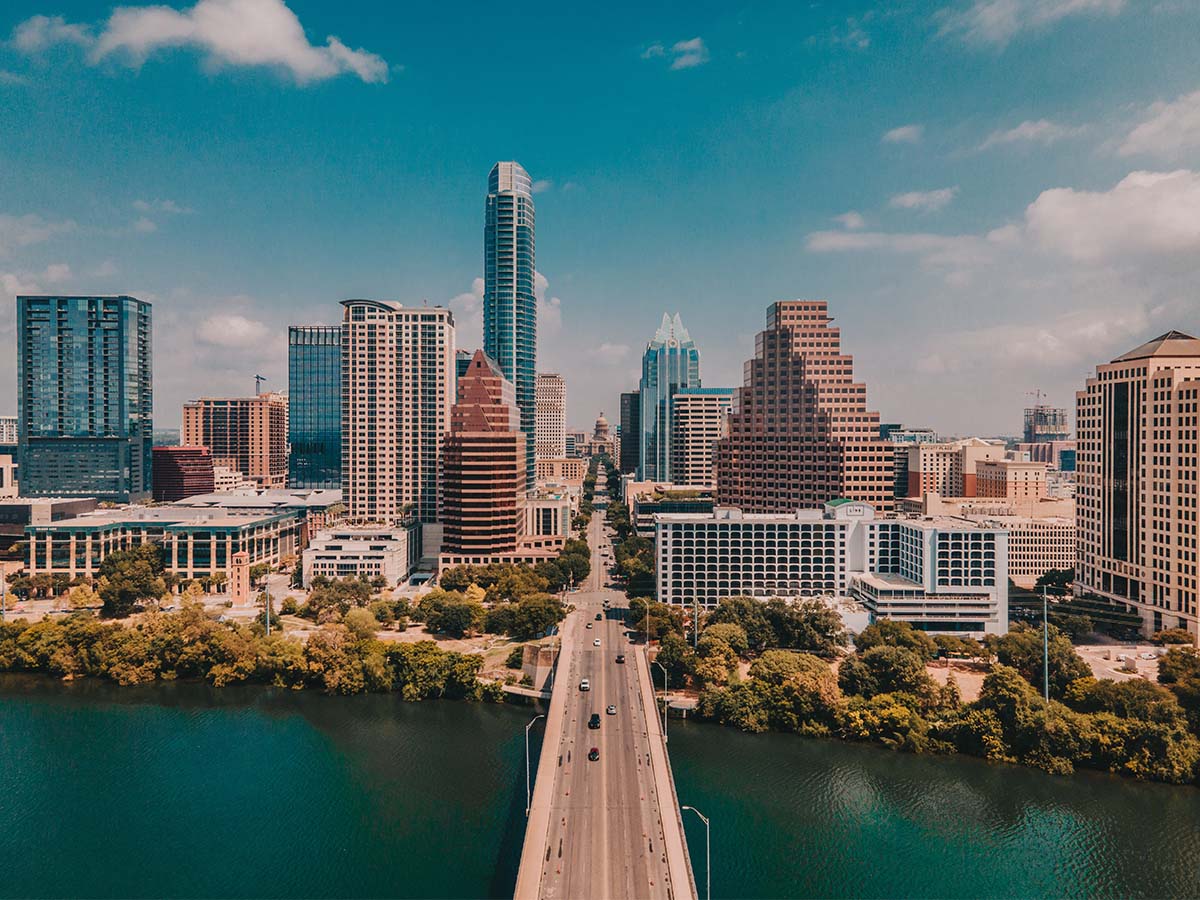
Similar to El Paso, Austin's rapid growth has led to traffic congestion and potentially more accidents. Frustration with congestion can lead to risky driving behaviors.
Austin has seen a rise in speeding and aggressive driving behaviors as the city continues to expand. This aggressive driving can significantly increase the risk of accidents.
Los Angeles, CA
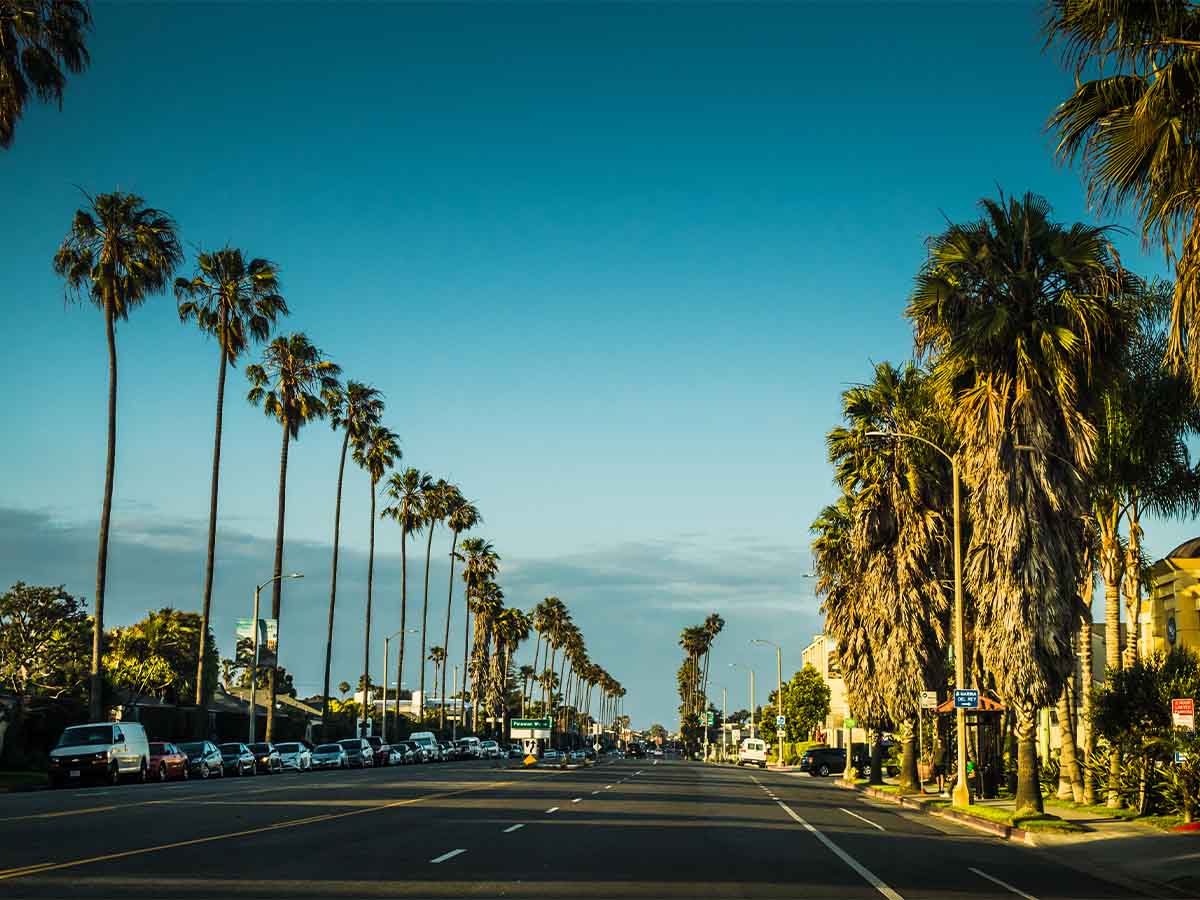
Los Angeles is notorious for its dense traffic, with freeways often jammed during peak hours. This congestion can lead to frustration and risky behaviors like speeding, frequent lane changes, and distracted driving.
Los Angeles has a complex freeway system with numerous interchanges and high traffic volumes. This complexity can be challenging for unfamiliar drivers and can contribute to accidents.
Oakland, CA

Similar to Los Angeles, Oakland experiences heavy traffic congestion, which can lead to frustration and risky driving behaviors. Oakland has some areas with older infrastructure and narrow streets, which can be difficult to navigate and limit visibility, especially for larger vehicles.
Speeding and drunk driving are prevalent issues in the city of Oakland. Around seven out of every 100,000 residents are victims of a fatal crash. Additionally, Oakland suffers from motor vehicle theft, ranking fifth in the country.
Long Beach, CA
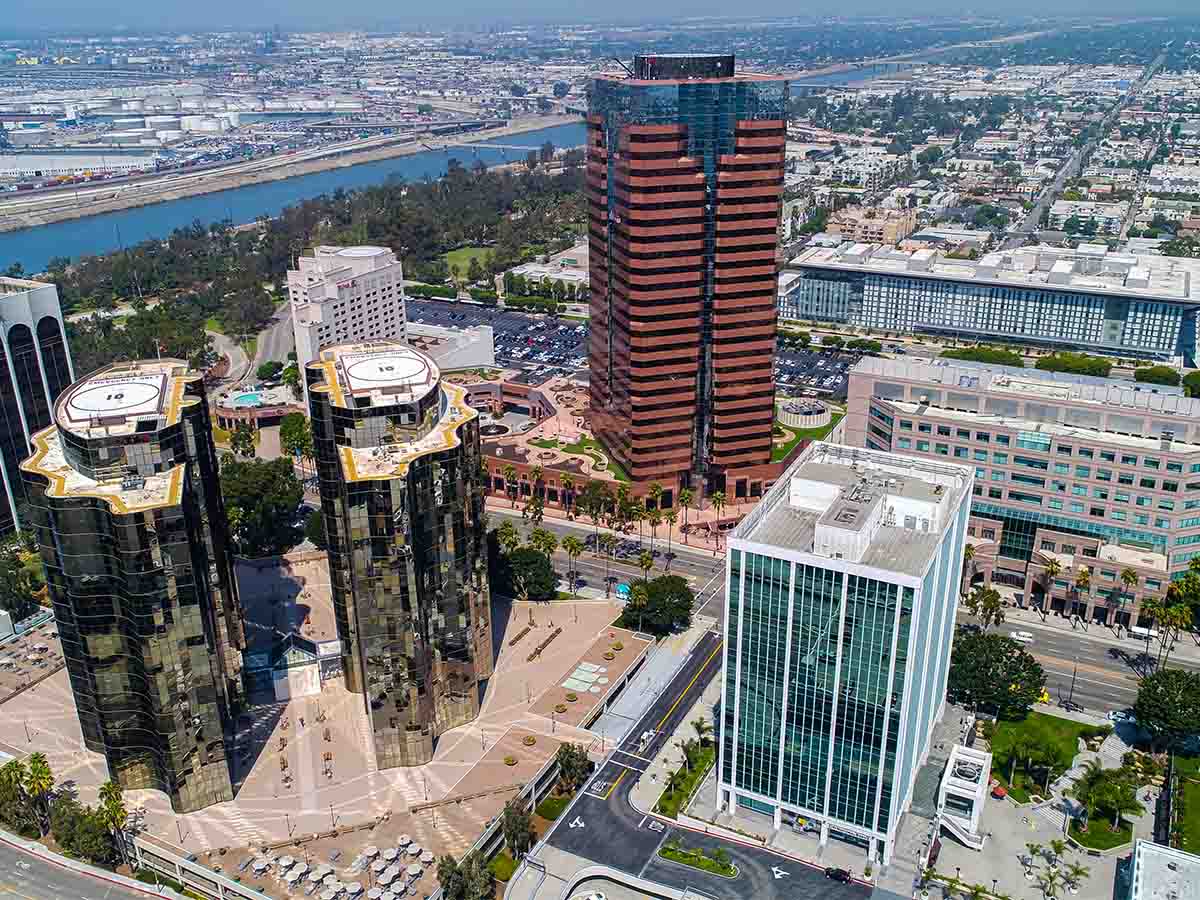
Long Beach, a major port city, experiences heavy traffic congestion, particularly during peak hours and around the port area. This congestion can lead to frustration and risky driving behaviors.
Finding parking in Long Beach, especially in popular areas or during tourist seasons, can be a challenge. The frustration of circling for parking can lead to rushed maneuvers, potentially increasing accidents.
Philadelphia, PA

Philadelphia has a historic core with narrow streets and complex intersections. These features can be challenging to navigate for drivers, especially those unfamiliar with the city layout.
Philadelphia is known for its aggressive drivers. This aggressive driving behavior can significantly increase the risk of accidents.
Arlington, TX
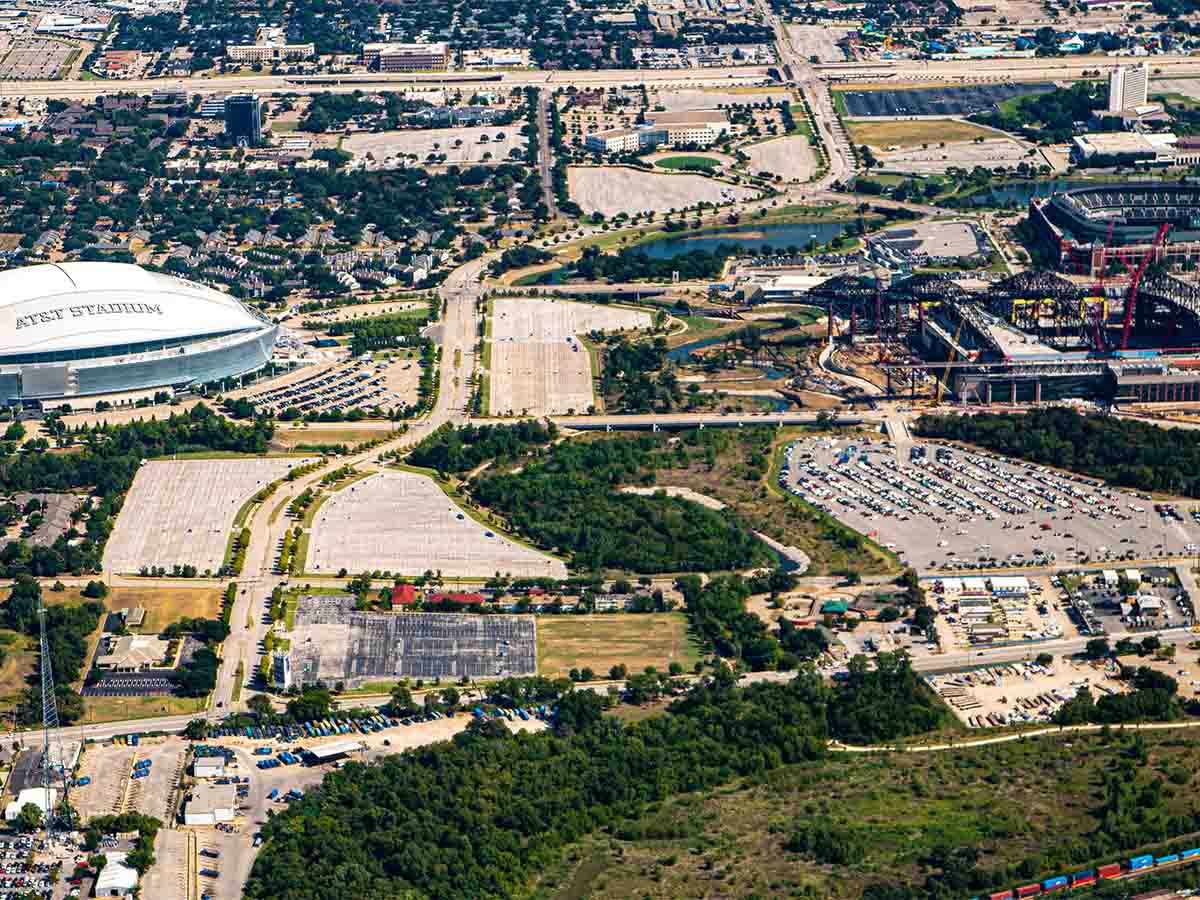
Arlington, home to several major entertainment venues and sporting complexes, experiences heavy traffic congestion, particularly on event days. This congestion can lead to frustration and risky driving behaviors.
Arlington has a complex road network with highways, interstates, and busy city streets. This complexity can be challenging for unfamiliar drivers and can contribute to accidents.
San Diego, CA
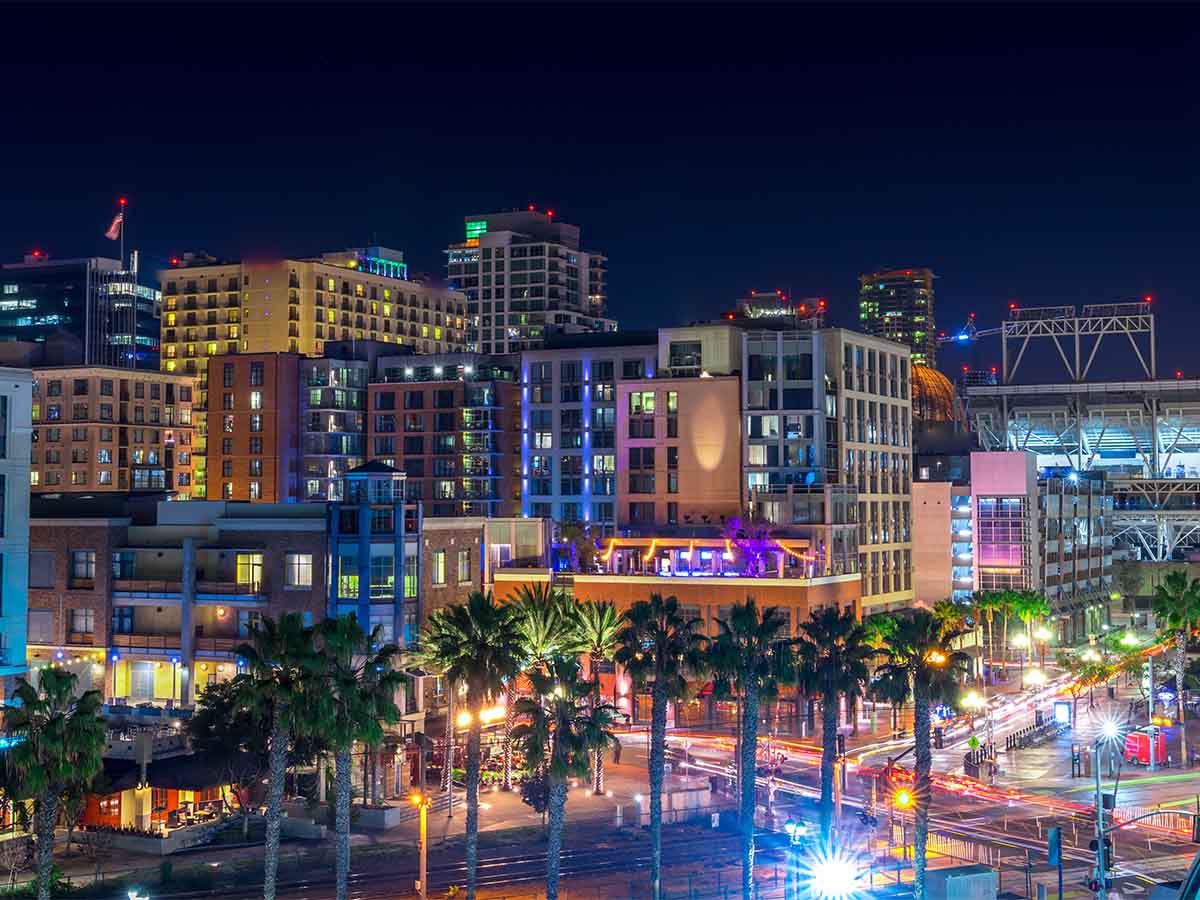
San Diego experiences heavy traffic congestion, particularly during peak hours and tourist seasons. This congestion can lead to frustration and risky driving behaviors.
San Diego's beautiful coastal scenery can distract drivers, increasing the risk of accidents. It’s also worth noting that the rate of fatalities is slightly higher than the rate of total crashes.
San Jose, CA

San Jose, a major tech hub, experiences heavy traffic congestion, particularly during peak hours. This congestion can lead to frustration and risky driving behaviors.
The presence of a large number of tech shuttles on the road can contribute to traffic congestion and potentially add another layer of complexity for drivers to navigate.
Omaha, NE

While Omaha might not be as notorious as some other entries, traffic congestion on freeways, especially during rush hour, can lead to frustration and risky driving behaviors.
Harsh winter conditions with snow and ice can significantly impact driving conditions in Omaha. Reduced visibility and slick roads can increase the risk of accidents.
Raleigh, NC
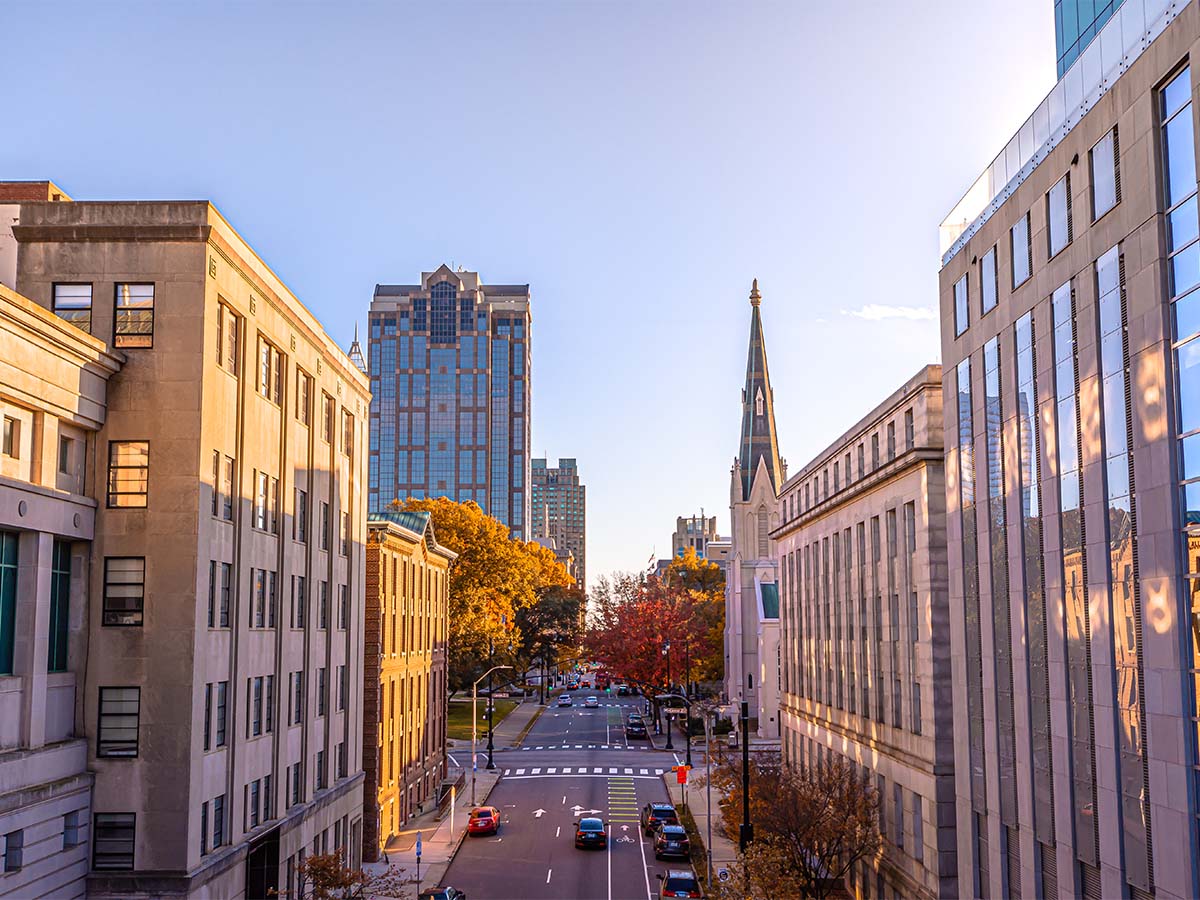
Similar to other rapidly growing cities, Raleigh's infrastructure struggles to keep pace with population growth. This can lead to traffic congestion and potentially more accidents.
Statistics for Raleigh might reveal concerning trends in distracted driving, further increasing the risk of accidents on the road.
Baltimore, MD
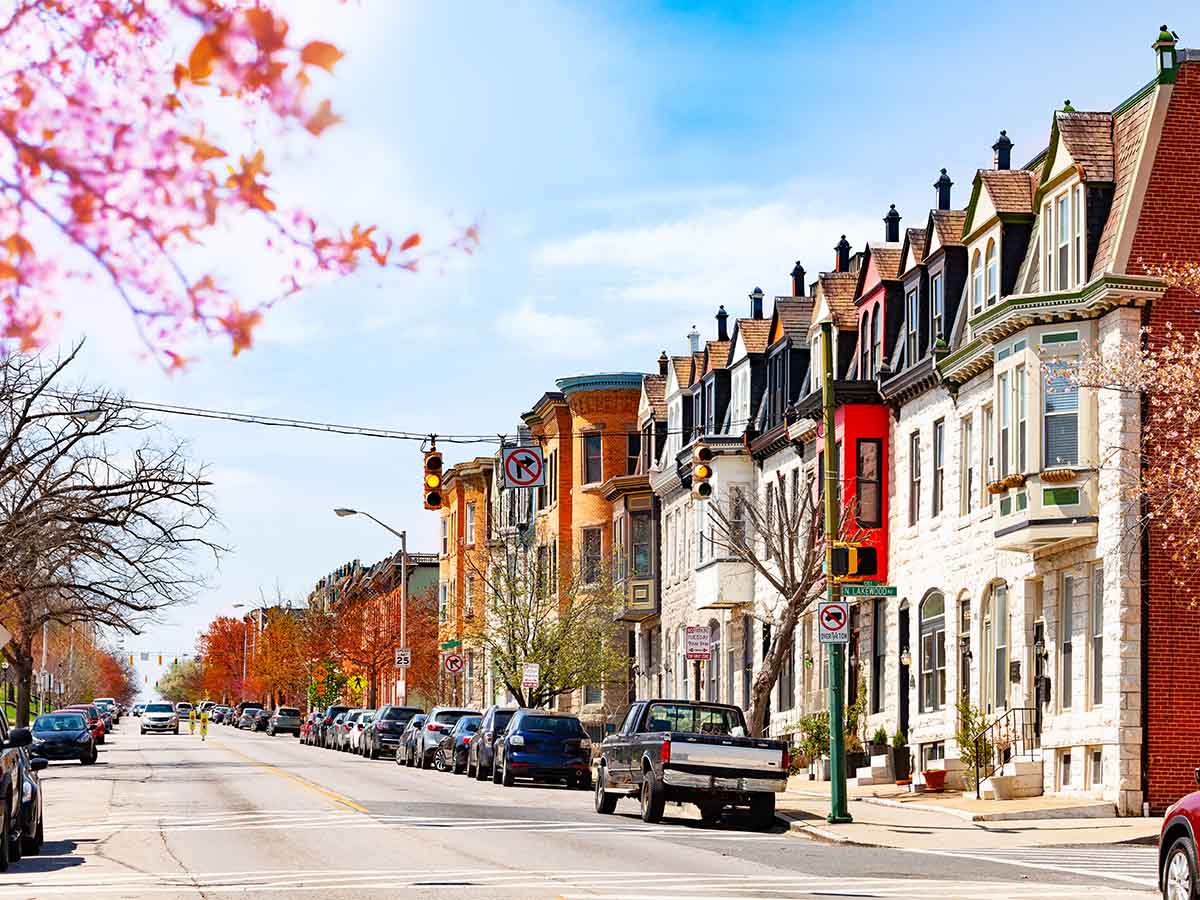
Baltimore has some areas with older infrastructure and narrow streets. These streets can be difficult to navigate and can limit visibility, especially for larger vehicles.
Baltimore might have higher DUI arrest rates compared to the national average. This increases the risk of encountering intoxicated drivers on the road.
Columbus, OH

Columbus has a large highway system with several interchanges. This complexity can be challenging for unfamiliar drivers and can contribute to accidents.
Frequent construction zones on major roads around Columbus can cause congestion and frustration, potentially leading to risky driving behaviors.
San Francisco, CA
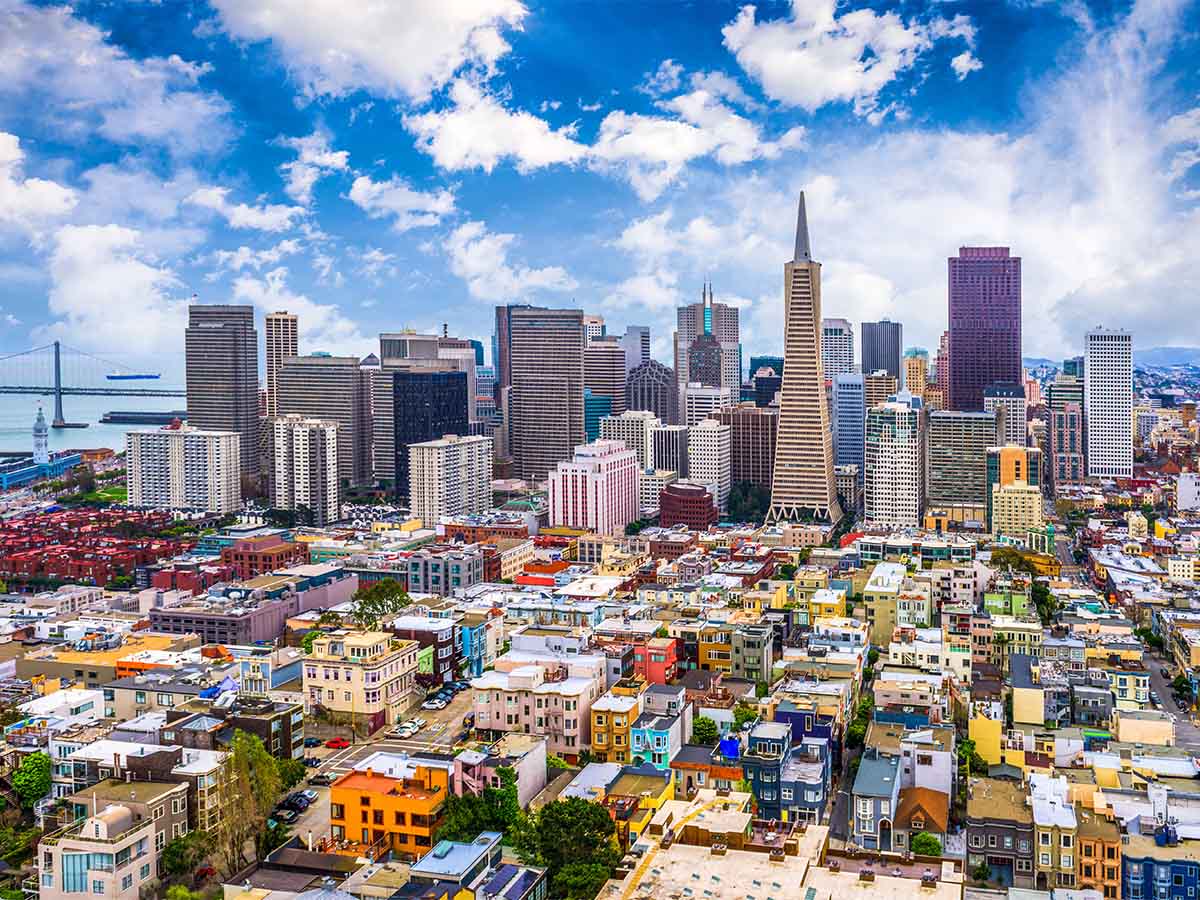
San Francisco's hilly terrain and narrow streets in some areas can be challenging to navigate, especially for larger vehicles or those unfamiliar with the city's layout.
San Francisco experiences heavy traffic congestion, particularly on bridges and during peak hours. This congestion can lead to frustration and risky driving behaviors.
Seattle, WA

Seattle's frequent rain reduces visibility and makes roads slick, significantly increasing the risk of accidents. Drivers need to be extra cautious and adjust their speed accordingly. Similar to San Francisco, Seattle has some areas with steep hills that can be challenging to navigate, especially in wet weather conditions.
Seattle ranks as one of the worst cities for DUI arrests, according to US News & World Report, where it ranked at number four.
Virginia Beach, VA
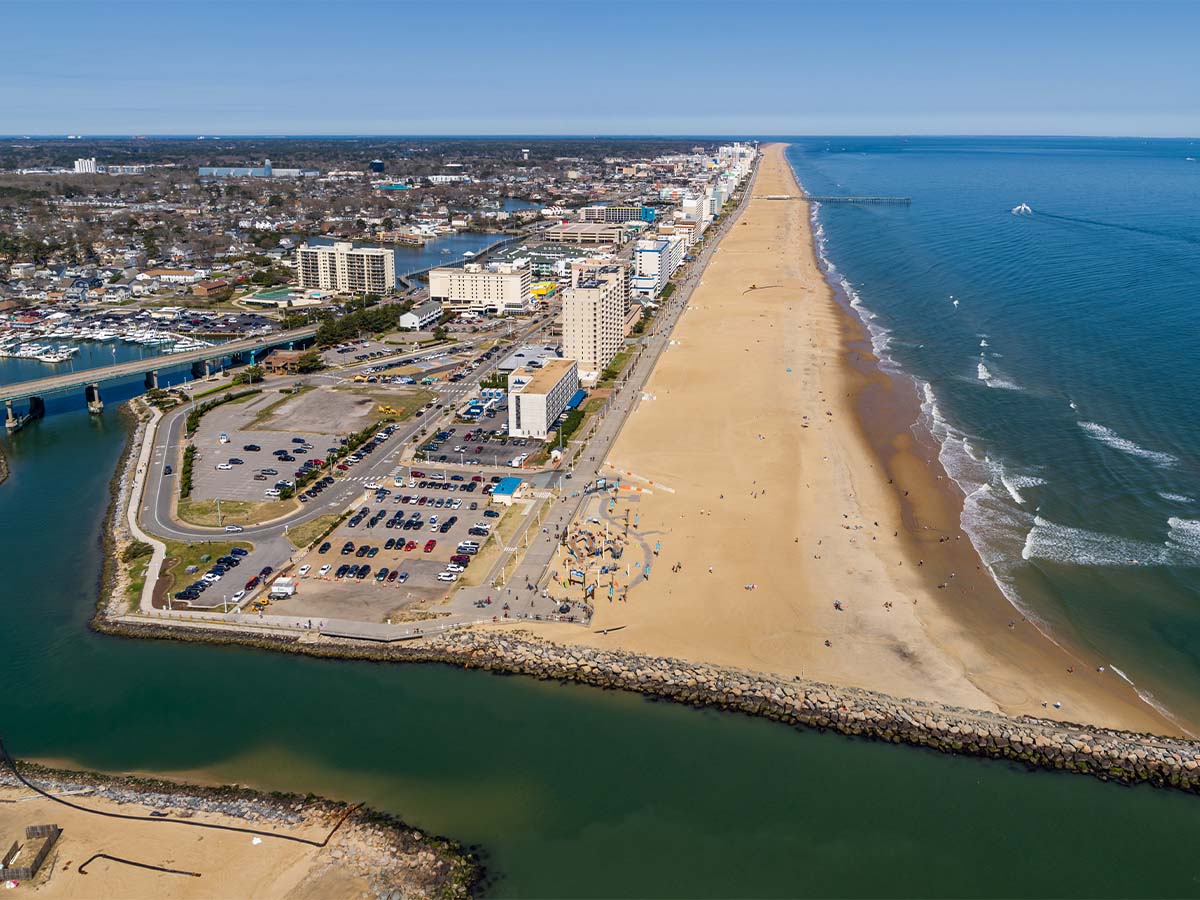
Virginia Beach, a popular tourist destination, experiences heavy traffic congestion, particularly during peak seasons. This influx of unfamiliar drivers can create confusion and increase the risk of accidents.
Speeding and drunk driving have also led to an increase in accidents in the city. From 2017 to 2021, the rate of fatalities exceeded the rate of crashes for every 100,000 residents.
Chicago, IL

Chicago experiences heavy traffic congestion, particularly during rush hour. This congestion often leads to frustration and poor driving behavior.
Similar to Omaha, Chicago's harsh winter conditions with snow and ice can significantly impact driving conditions. Reduced visibility and slick roads can increase the risk of accidents.
Minneapolis, MN
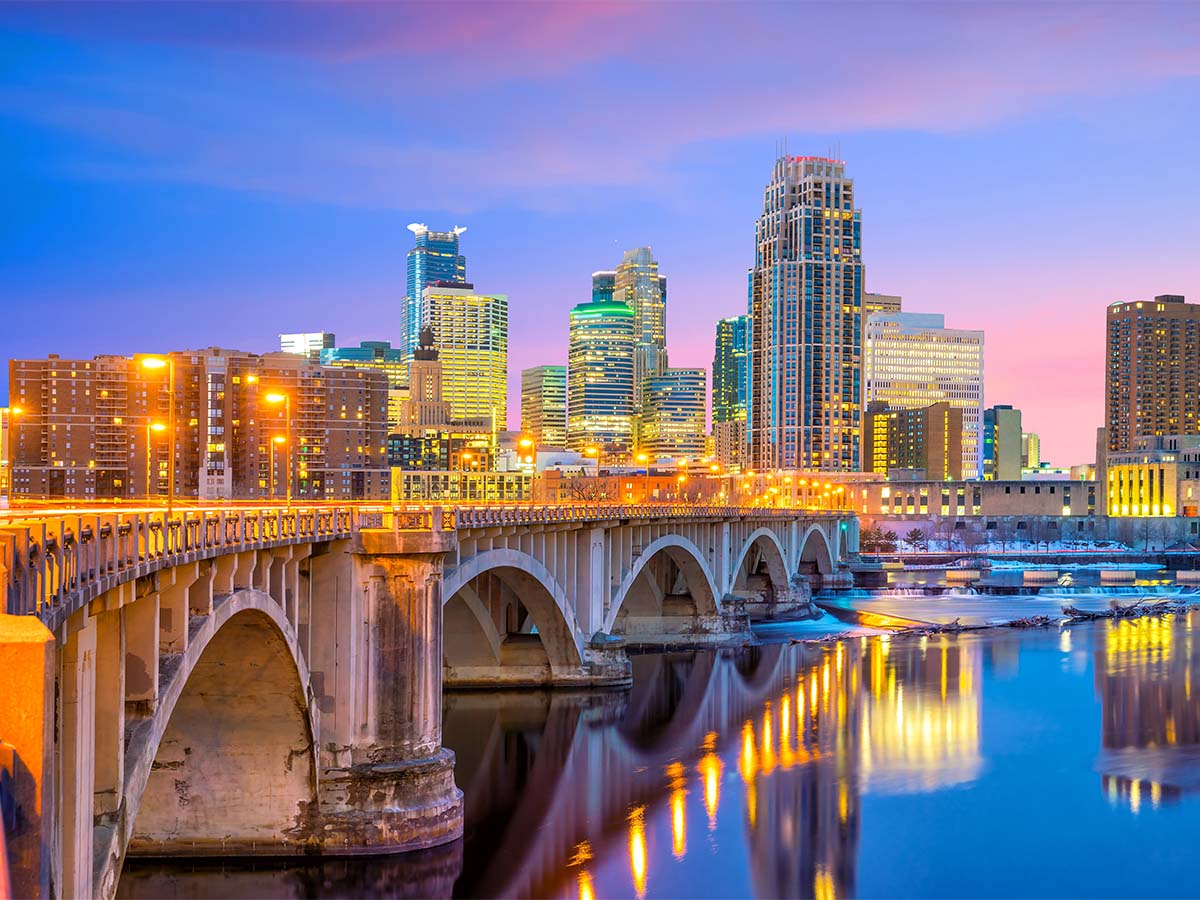
Minneapolis experiences some of the coldest winters in the US. Snow, ice, and freezing temperatures create hazardous driving conditions and significantly increase the risk of accidents.
Some reports might indicate higher rates of aggressive driving in Minneapolis, further contributing to the risk of accidents on the road.
Washington, D.C.
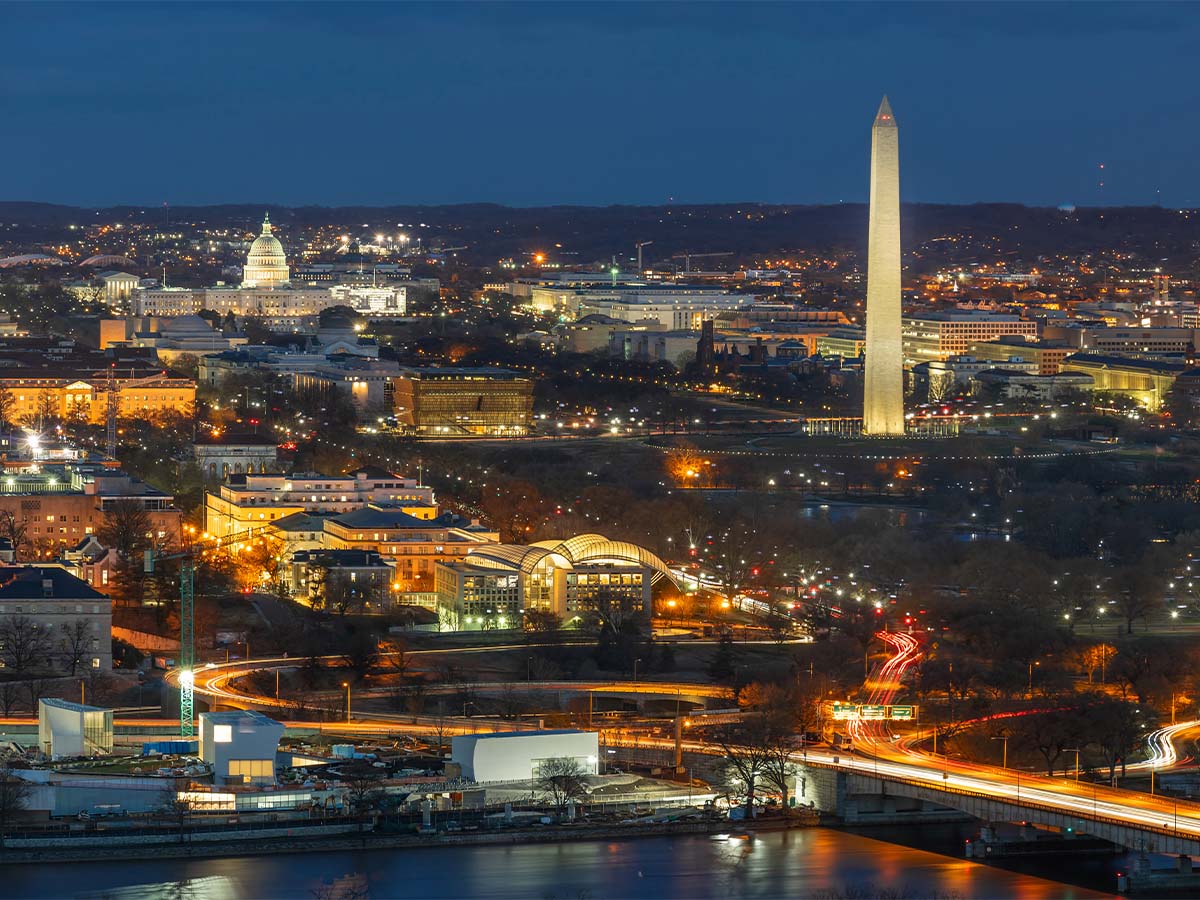
Washington, D.C., experiences heavy traffic congestion, particularly during rush hour and around government buildings. Washington, D.C., has a complex road network with numerous intersections, one-way streets, and traffic circles.
This complexity can be challenging for unfamiliar drivers and can contribute to accidents. Still, according to US News, Washington D.C. ranks among the least risky cities in the country.
Honolulu, HI

Honolulu, a major tourist destination, experiences heavy traffic congestion, particularly during peak seasons. This influx of out-of-town drivers creates confusion among those unfamiliar with the rules and landscape, thus increasing the risk of accidents.
Finding parking in Honolulu, especially in popular areas or during tourist seasons, can be a challenge. The frustration of circling for parking can lead to rushed maneuvers and potentially increase the risk of accidents.
New York, NY
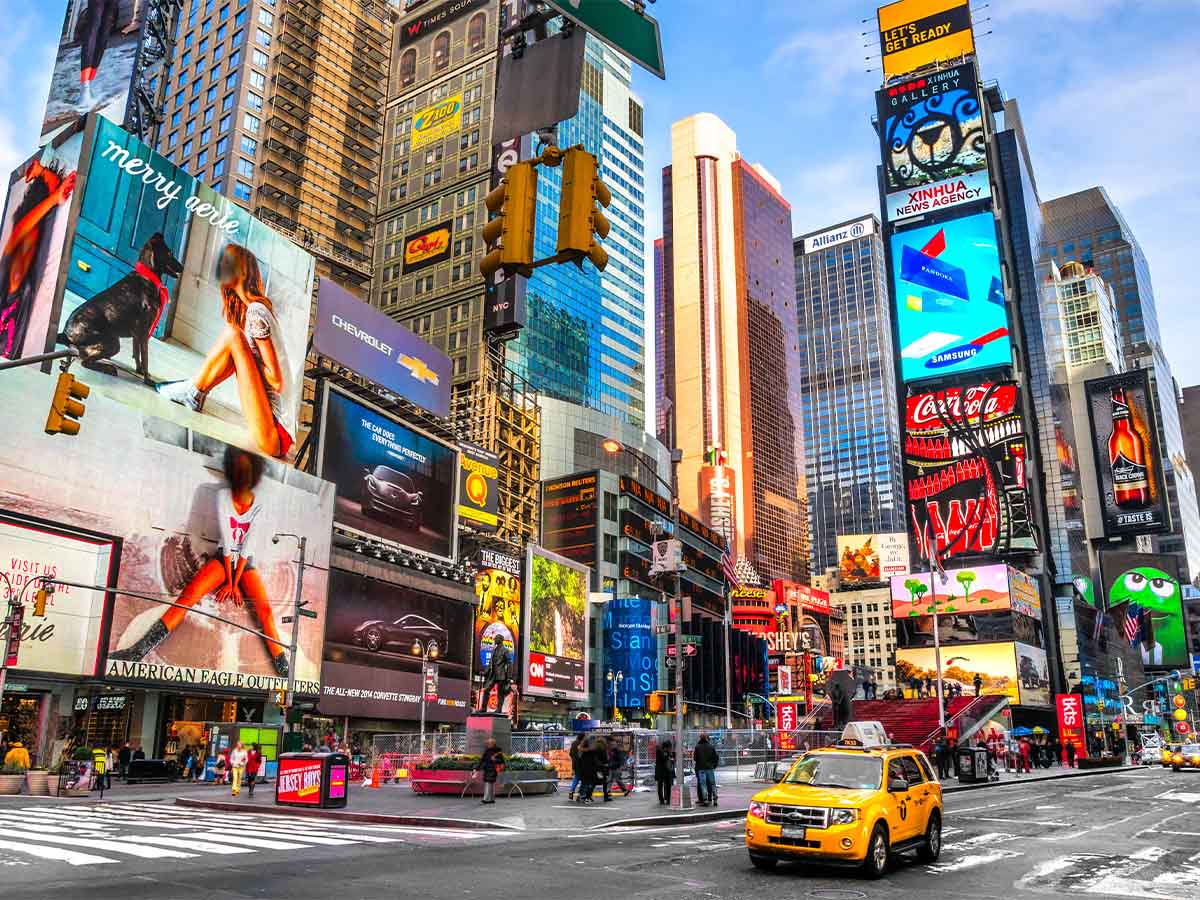
New York City is widely considered one of the most challenging places to drive in the US, and for good reason. NYC is notorious for its heavy traffic congestion. Millions of vehicles, taxis, and delivery trucks compete for limited road space, leading to frustration, slow commutes, and potentially risky maneuvers.
Navigating Manhattan's grid system, one-way streets, and numerous bridges and tunnels can be confusing, especially for unfamiliar drivers. Finding parking is another challenge, adding to the overall stress. Nevertheless, the city ranks among the least dangerous to drive in – probably because everyone is stuck at bumper-to-bumper speed.
Boston, MA

Boston has a historic core with narrow, winding streets. These streets can be difficult to navigate and can limit visibility, especially for larger vehicles.
Boston consistently ranks at number 50, making it one of the safer large cities to drive in, at least in terms of fatalities, DUI arrests, and motor vehicle theft.
 Author
Ron Winkler
Last Updated: January 26, 2025
Author
Ron Winkler
Last Updated: January 26, 2025



